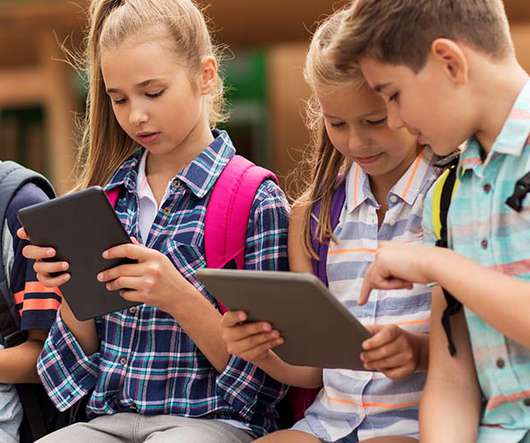How Can K-12 Schools Improve Learning Outcomes with Technology?
Kitaboo on EdTech
JUNE 27, 2019
Also, with smartphones and Internet connections, they have any time access to online resources. This builds the case for educators to harness technology and improve learning outcomes for K-12 school students. AR-enabled worksheets: These sheets are a great way to motivate K-12 students to learn by doing.














Let's personalize your content